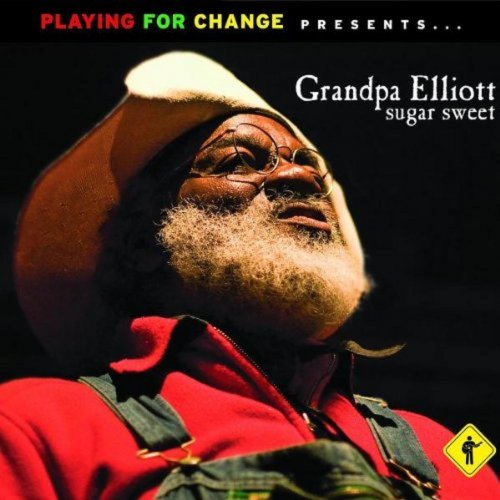Gil Sullivan - Hidden Voices, Mozart Piano Sonatas, Vol. I (2023) Hi-Res
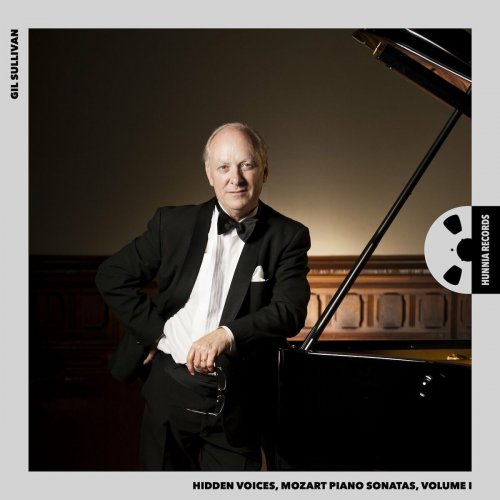
Artist: Gil Sullivan
Title: Hidden Voices, Mozart Piano Sonatas, Vol. I
Year Of Release: 2023
Label: Hunnia Records
Genre: Classical
Quality: FLAC 16/24 Bit (96 KHz / tracks+booklet)
Total Time: 65:16 min
Total Size: 216 MB / 2,3 GB
WebSite: Album Preview
Tracklist:Title: Hidden Voices, Mozart Piano Sonatas, Vol. I
Year Of Release: 2023
Label: Hunnia Records
Genre: Classical
Quality: FLAC 16/24 Bit (96 KHz / tracks+booklet)
Total Time: 65:16 min
Total Size: 216 MB / 2,3 GB
WebSite: Album Preview
01. Piano Sonata No. 2 in F Major, K 280: I. Allegro Assai
02. Piano Sonata No. 2 in F Major, K 280: II. Adagio
03. Piano Sonata No. 2 in F Major, K 280: III. Presto
04. Piano Sonata No. 13 in B-Flat Major, K. 333: I. Allegro
05. Piano Sonata No. 13 in B-Flat Major, K. 333: II. Andante Cantabile
06. Piano Sonata No. 13 in B-Flat Major, K. 333: III. Allegretto Grazioso
07. Piano Sonata No. 11 in a Major, K. 331: I. Andante Grazioso
08. Piano Sonata No. 11 in a Major, K. 331: II. Menuetto
09. Piano Sonata No. 11 in a Major, K. 331: III. Allegrino - Alla Turca
Mozart’s piano music is inescapably linked to the composer/pianist era; sadly, an epoch long lost. Today we are all merely “recreators” or “interpreters”, but like someone who drives a car, but has little understanding of its mechanics, so too, many of today’s performers have never composed a note, so have no profound appreciation of the ‘mechanics’ of composing music. For them, the steering wheel and pedals are the printed page! Of course the only truly legitimate interpretation of a work by any of the great composer/performers would be by themselves, but this mechanical, monotone and prosaic manner in which his music is all too often played is truly distressing.
Bach, Handel, Scarlatti, Mozart, Beethoven, Mendelssohn, Chopin, Liszt, Saint-Saëns, Rachmaninov, Bartok all occupy a place in history as the greatest, most illustrious composer/pianists. Discounting the last three, we have absolutely no idea how the others played aside from eyewitness accounts. However, the further one goes back, the more timeworn are such accounts, documented with the understanding, values and ears of a generation of musicians/audiences sometimes hundreds of years ago, who could never have imagined Stravinsky’s Rite of Spring, or Schönberg’s Pierrot Lunaire.
Instrumental standards are higher today than at any time in history. E.g. Liszt’s Sonata in B minor was, at the turn of the 20th cent., considered unplayable, but today students in every corner of the globe play it! In times of old, though technical standards were never this high, musical standards were much higher, as were playing styles. This can readily be heard when listening to Cortot’s earliest recordings, or, from the turn of the 20th cent., Joseph Joachim or Vladimir de Pachmann’s recordings, born respectively in the 1830s and 1840s. The degree of expression and musicianship is extremely enlightening. When reading Johann Cramer’s almost bar-by-bar description of how Beethoven played his own Op.14 sonatas is also eye-opening. If anyone today played like Beethoven did, they would be laughed off stage! According to Cramer’s description, the playing was – by today’s standard – exaggerated and overly dramatic, while the tempos were excessively slowed down or sped up according to the dynamics. In essence, it would today be best described as “hammy”!
I don’t suggest we try to emulate this kind of playing, but would strongly advocate for greater expression in much of today’s playing, instead of using Mozart’s music merely as evidence of beautiful, even fingerwork.
Notes to be continued in Volume II.
–Gil Sullivan
Bach, Handel, Scarlatti, Mozart, Beethoven, Mendelssohn, Chopin, Liszt, Saint-Saëns, Rachmaninov, Bartok all occupy a place in history as the greatest, most illustrious composer/pianists. Discounting the last three, we have absolutely no idea how the others played aside from eyewitness accounts. However, the further one goes back, the more timeworn are such accounts, documented with the understanding, values and ears of a generation of musicians/audiences sometimes hundreds of years ago, who could never have imagined Stravinsky’s Rite of Spring, or Schönberg’s Pierrot Lunaire.
Instrumental standards are higher today than at any time in history. E.g. Liszt’s Sonata in B minor was, at the turn of the 20th cent., considered unplayable, but today students in every corner of the globe play it! In times of old, though technical standards were never this high, musical standards were much higher, as were playing styles. This can readily be heard when listening to Cortot’s earliest recordings, or, from the turn of the 20th cent., Joseph Joachim or Vladimir de Pachmann’s recordings, born respectively in the 1830s and 1840s. The degree of expression and musicianship is extremely enlightening. When reading Johann Cramer’s almost bar-by-bar description of how Beethoven played his own Op.14 sonatas is also eye-opening. If anyone today played like Beethoven did, they would be laughed off stage! According to Cramer’s description, the playing was – by today’s standard – exaggerated and overly dramatic, while the tempos were excessively slowed down or sped up according to the dynamics. In essence, it would today be best described as “hammy”!
I don’t suggest we try to emulate this kind of playing, but would strongly advocate for greater expression in much of today’s playing, instead of using Mozart’s music merely as evidence of beautiful, even fingerwork.
Notes to be continued in Volume II.
–Gil Sullivan
![Paul Mauriat - Après toi (1972) [Hi-Res] Paul Mauriat - Après toi (1972) [Hi-Res]](https://img.israbox.com/img/2025-12/19/7apc8ramq91sp9mgfuj4lcflg.jpg)
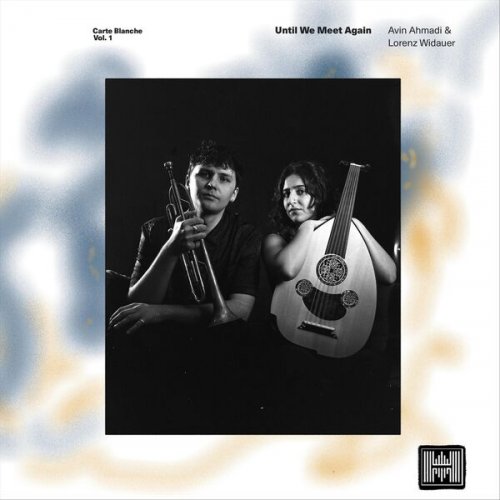
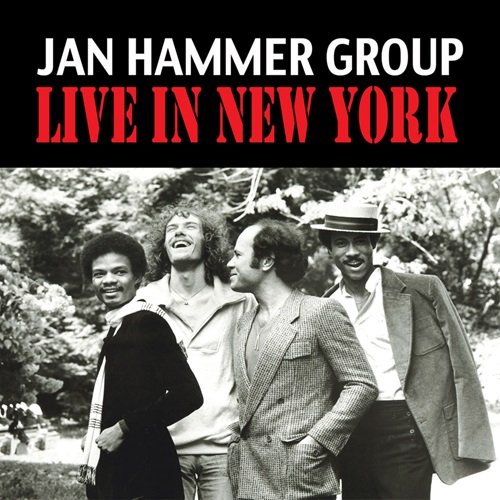
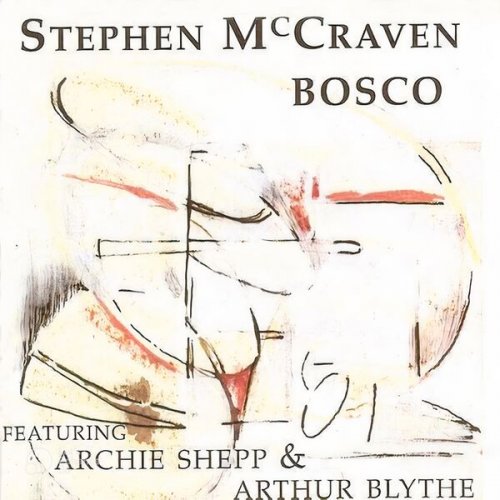

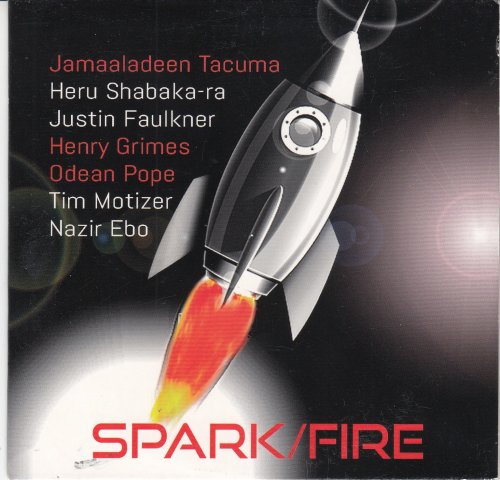
![Black Flower - Ghost Radio (2016) [Hi-Res] Black Flower - Ghost Radio (2016) [Hi-Res]](https://img.israbox.com/img/2025-12/21/9jx4xnhjd3hra5u06rbmghsre.jpg)
